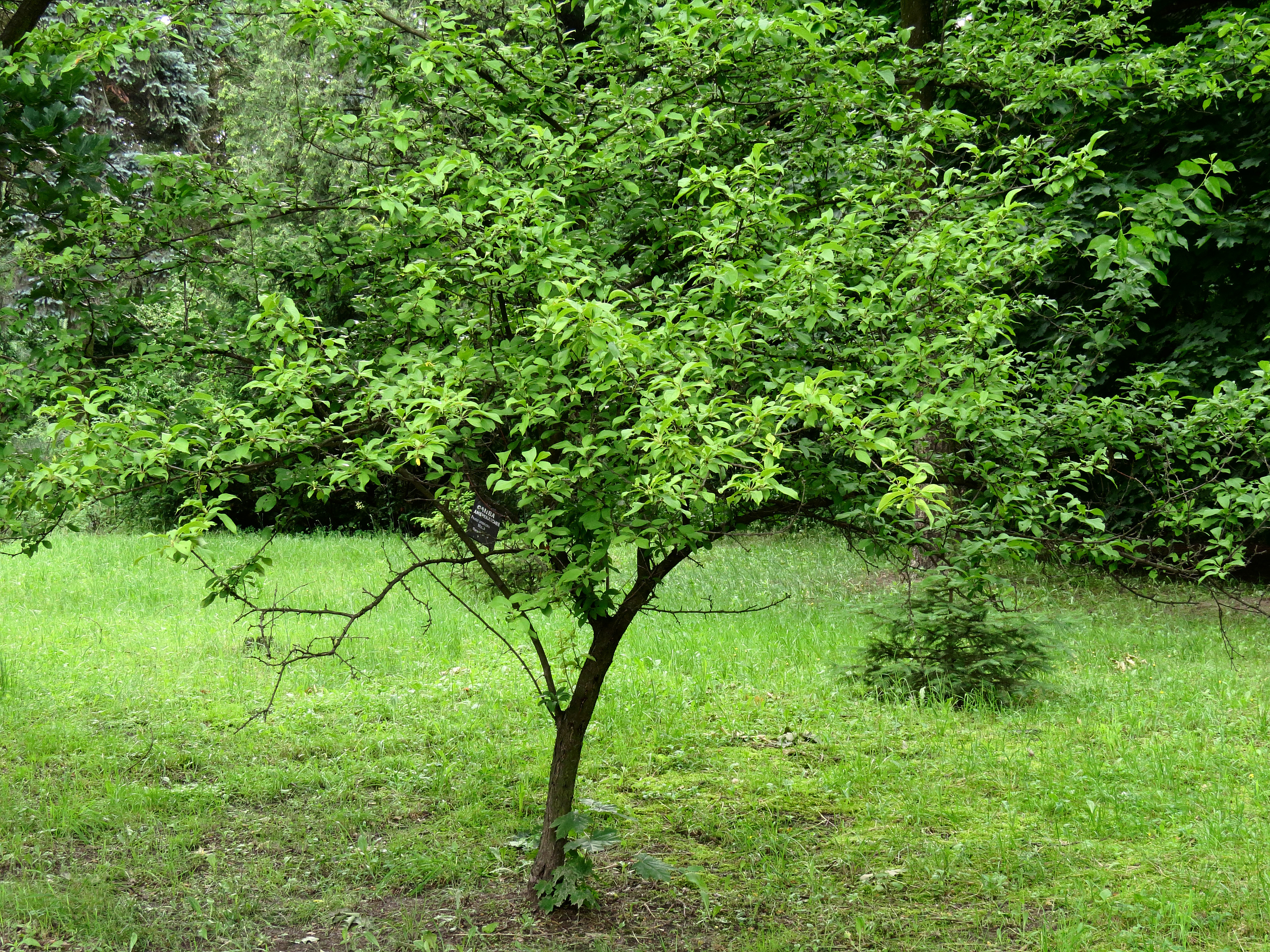Wild Plum : Overview
Prunus Americana (Wild Plum)
by Paolo Filho
Introduction
The Wild Plum, Prunus Americana, is native to North America, stretching from climate zones 3 to 8: from Alberta, Canada to Newfoundland, and southwards Arizona to Florida. The large area in which this tree grows can be attributed to cultivation and planting by Native Americans, who used the fruit, bark, twigs, and roots of the tree for various purposes. It struggles in fine soils, preferring coarser, drier soils. It is quite adaptable, yet is susceptible to fire. It bears cold, New England winters, but requires near constant sunlight to survive. The wide-spread shallow roots of the tree send up suckers, or basal shoots. These are shoots that stem from buds in the roots and grow upwards or outwards, allowing the tree to encompass a larger area and grow more densely with other trees. This density allows the tree to serve as windbreaks, mostly utilized by those who practice agroforestry, which prevents the erosion of topsoil due to winds. Because the roots are so dense and encompass a large area they can prevent erosion along riverbanks as well, and trap any pollution in the river. The suckers allow the tree to reproduce, by crating a genetically identical copy. Along with the distribution of seeds through animal droppings, this is how the tree reproduces. The fruits of the tree provide a food source for the birds and small mammals that consume and redistribute its seeds. The cultivation of wild plum is very popular, which helps explain why it has come to exist in such a large area geographically. Three fruit also provide many health benefits after certain measures are taken, such as drying or hydrating, and the roots have been used by Islata and Navajo Native Americans to make a vibrant red dye used for clothes.

